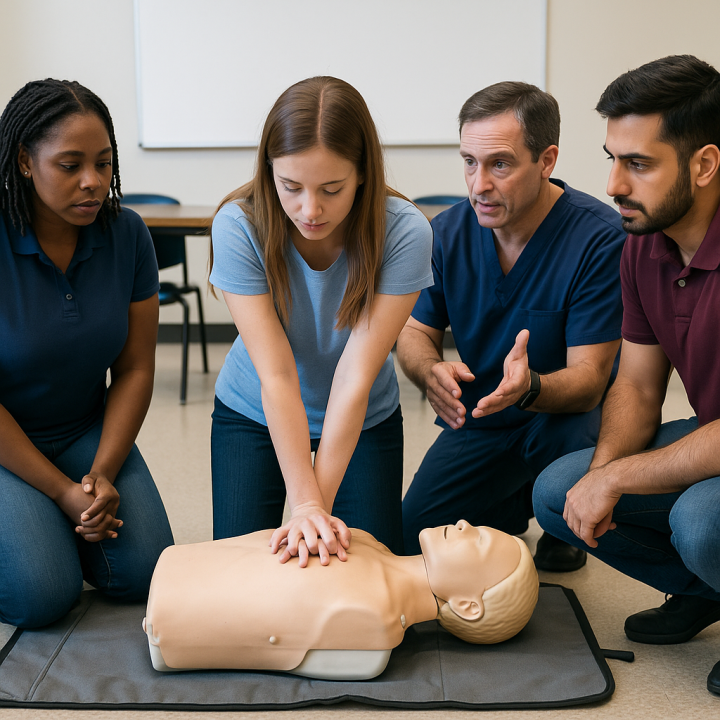Running a successful BLS (Basic Life Support) megacode simulation in a classroom setting is one of the most effective ways to prepare students for real-life emergencies. These simulations allow learners to apply protocols under pressure, improve teamwork, and solidify their critical response skills. Here are some essential tips for instructors to ensure an engaging and educational megacode session.
1. Set Clear Learning Objectives
Before the simulation starts, define what skills you want students to focus on. These may include high-quality chest compressions, correct use of an AED, team communication, or role delegation. Clear objectives help guide feedback and ensure consistency across groups.
2. Create Realistic Scenarios
The more realistic the scenario, the more immersive and beneficial it is for students. Use patient manikins, real-time monitors, and realistic clinical settings when possible. Include elements like a distressed family member or environmental distractions to mimic real situations.
3. Assign Roles in Advance
Each participant should have a specific role: team leader, compressor, airway manager, AED operator, timekeeper, etc. Pre-assigning roles helps avoid confusion and emphasizes the importance of teamwork and leadership in resuscitation.
4. Use a Timer and Keep It Pacing Realistic
Time management is critical in BLS. Ensure compressions are started within 10 seconds, and cycles are run efficiently. Use timers or watches to track response intervals and pauses, reinforcing the urgency required in actual emergencies.
5. Incorporate Real-Time Coaching
During the simulation, instructors can provide subtle coaching, such as prompting students to assess responsiveness or reminding them of pulse checks. Real-time feedback helps students stay on track without interrupting the flow.
6. Record and Review
If possible, record the megacode session and review it with students afterward. This debriefing allows learners to observe their own performance, reflect on areas for improvement, and reinforce key skills.
7. Conduct a Structured Debrief
After each scenario, lead a structured debrief using the “plus/delta” method:
- Plus: What went well?
- Delta: What could be improved?
This reflection solidifies learning and provides a safe space for feedback.
8. Rotate Scenarios and Roles
Expose students to different case scenarios and have them rotate roles. This helps build confidence and competence in all aspects of a BLS response, preparing them for diverse situations in the field.
9. Foster Psychological Safety
Ensure the classroom remains a judgment-free zone. Emphasize that mistakes are a part of learning, and encourage open discussion. This approach helps reduce performance anxiety and boosts student participation.
10. Evaluate Using a Checklist
Use a standardized skills checklist to assess student performance. Criteria should include compression depth/rate, timely AED use, role communication, and overall response accuracy. This ensures objective and consistent grading.
Conclusion
A well-executed BLS megacode simulation provides students with invaluable hands-on experience. By focusing on realism, communication, and feedback, instructors can build student confidence and competence—two essential ingredients for saving lives.


